The controversy around the
sale ban on firecrackers during Diwali and crop burning in neighboring states and its impact on Delhi’s ambient air pollution is again back in news. Several prime-time news debates, front pages of newspapers and twitterati have bemoaned the air quality of Delhi in the recent past, to the extent of calling India’s capital as a “gas chamber”. During the night of Diwali 2017 and the next morning, Delhi’s air quality index reached ‘very poor’ level. A key constituent of the pollution is small particles that can be breathed in — called Particulate Matter 2.5 (PM2.5). Delhi’s average PM2.5 concentration was 397 micrograms per cubic meter (µg/m3), while the average PM2.5 concentration of few days just before Diwali was 160 µg/m3. While early reports of today’s air quality in Delhi is really bad (reaching ~800 µg/m3 in worse cases), the average 24-hour PM2.5 concentration would probably be comparable to the Diwali night pollution levels. [caption id=“attachment_4197419” align=“alignleft” width=“380”] Representational image. Reuters[/caption] While these levels of poor air quality is terrible, particularly for children, the elderly and infirm, it’s very common in rural India. So, before this debate fades away from public memory as Delhi starts “breathing again”, we think it should also act as a reminder that millions of Indians face air quality much worse than this in their own homes everyday. We use Delhi Diwali data to demonstrate how the anger about Delhi’s air quality meets the tyranny of distance. Approximately 16.5 crore Indian households regularly cook by burning solid fuels like biomass in their homes. In such village kitchens, the 24 or 48-hour average PM2.5 concentration is generally reported to be in the range of 500 µg/m3- 1200 µg/m3, up to three times the median in Delhi during Diwali. What really matters though is exposure — how long has someone been exposed to such pollution levels. Here again, rural households (particularly the women and children) face much worse conditions.
We do not have exposure data available for Delhi on Diwali night, however, let’s assume the worst and people were exposed to the mean daily concentration for the full 24-hour period. Their exposure would then be 397 µg/m3. This is what Delhiites might suffer over the course of a few days or weeks.
In 2015, Delhi’s annual average concentration of PM2.5 was 153 µg/m3 over the whole year, a more reasonable number as the air pollution levels go up and down over the year. In contrast, women in rural India who cook with solid fuels have annual PM2.5 exposure of 337 µg/m3 (year round average). As children often accompany mothers in kitchen, their annual average exposure is a stunning 285 µg/m3.
In other words, rural women cooking with solid fuel have exposures at least twice those of Delhites on an average basis and similar to what would happen if they breathed in the air on Diwali night every minute of every day of the year.
Considering such severe PM2.5 exposure levels, is not surprising that ~7.8 lakh Indian deaths per year from lung and heart diseases are attributed to Household Air Pollution (HAP). This includes ~9,000 babies (under 5 years). In the last two years, two landmark schemes have undoubtedly provided more access to modern fuels- gas and electricity. The Ujjwala scheme has provided 3 crore household connections (covering approximately 15 crore people) to LPG. Two, the Deendayal Upadhaya Gram Jyoti Yojna has considerably improved the Rural Electricity Distribution Backbone (REDB) with 33/11 KV (or 66/11 KV) sub-stations. Reliability of electric supply during cooking periods (morning and evening) would indeed popularize the usage of electric induction stoves. However, access to modern fuels is only the necessary first-step but is not sufficient to ameliorate the scourge of HAP. Even the richest 10 percent of India’s rural households (most with access to LPG) continue to depend on solid fuels to meet more than 50 percent of their cooking energy demand for a myriad of reasons including culture, taste preference etc. The majority of India’s primarily agriculture dependent rural households only have meager cash available after providing for basic needs. They prioritise it for expenses where free or low-cost alternatives are perceived to be of poor quality (eg opting for private doctors) or when a free alternative is not available. For example, aspirational (eg private English medium schools), or entertaining/ relaxing (eg mobile data or tobacco consumption) expenditures form a significant part of consumer spending and LPG must compete against these for hard-earned household cash. The availability of free solid fuels also serves as a disincentive to purchase of modern fuels at regular intervals. The fact that often men have veto power on such purchase decisions and have different spending priorities, makes it difficult for the woman to move to modern fuels.
If the urban elites direct a fraction of their outrage about Diwali’s pollution towards HAP, it may motivate an already pro-active government to push even further to instigate a clean cooking revolution in India. For now, every day continues to be Delhi’s Diwali air for poor women and children, and in contradiction to the spirit of good (clean air) winning over evil (polluted air).
(Acknowledgments: Delhi pollution data from air quality data portal urbanemissions.info and analysis by the Centre for Science and Environment, while village pollution data from World Health Organization’s guidelines for indoor air quality and other scientific peer-reviewed journal articles) Abhishek Kar is a PhD candidate and Hisham Zerriffi is an Associate Professor at the University of British Columbia in Canada


)
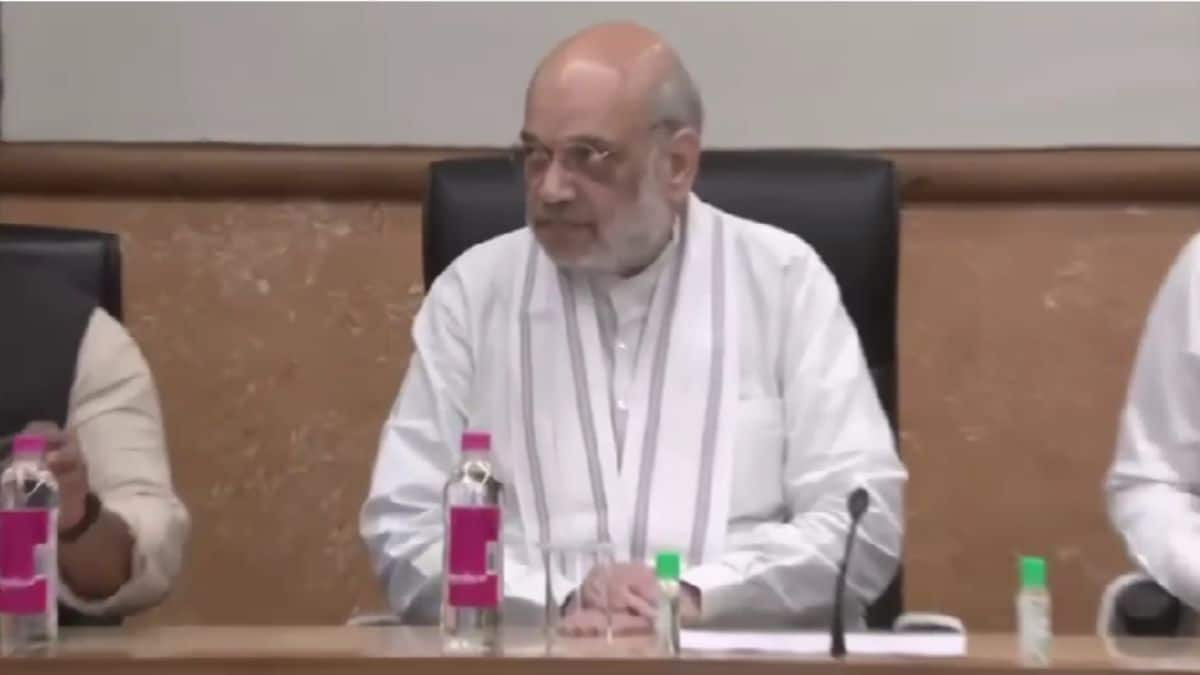
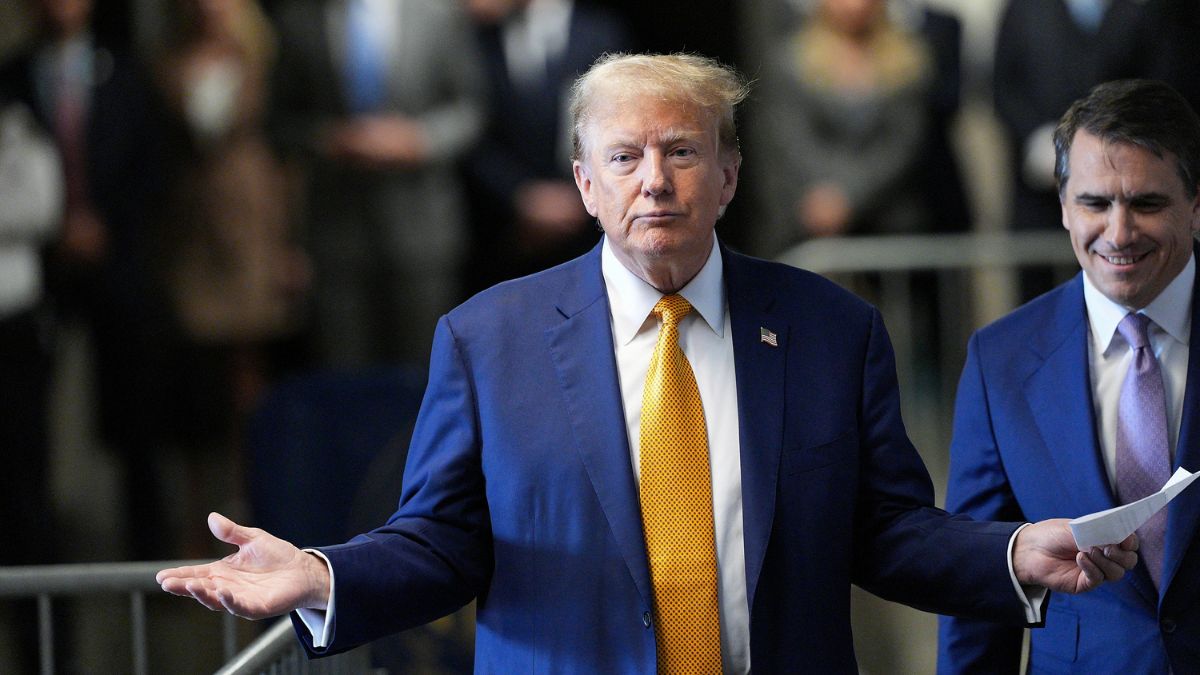)
)
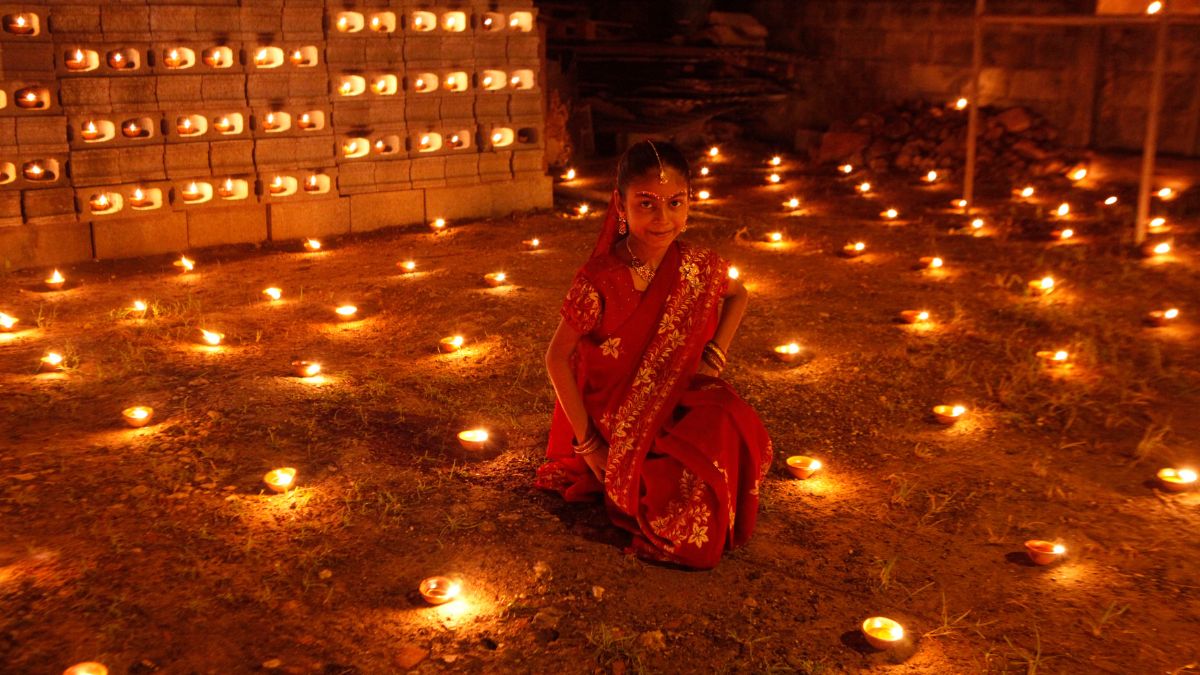)
)
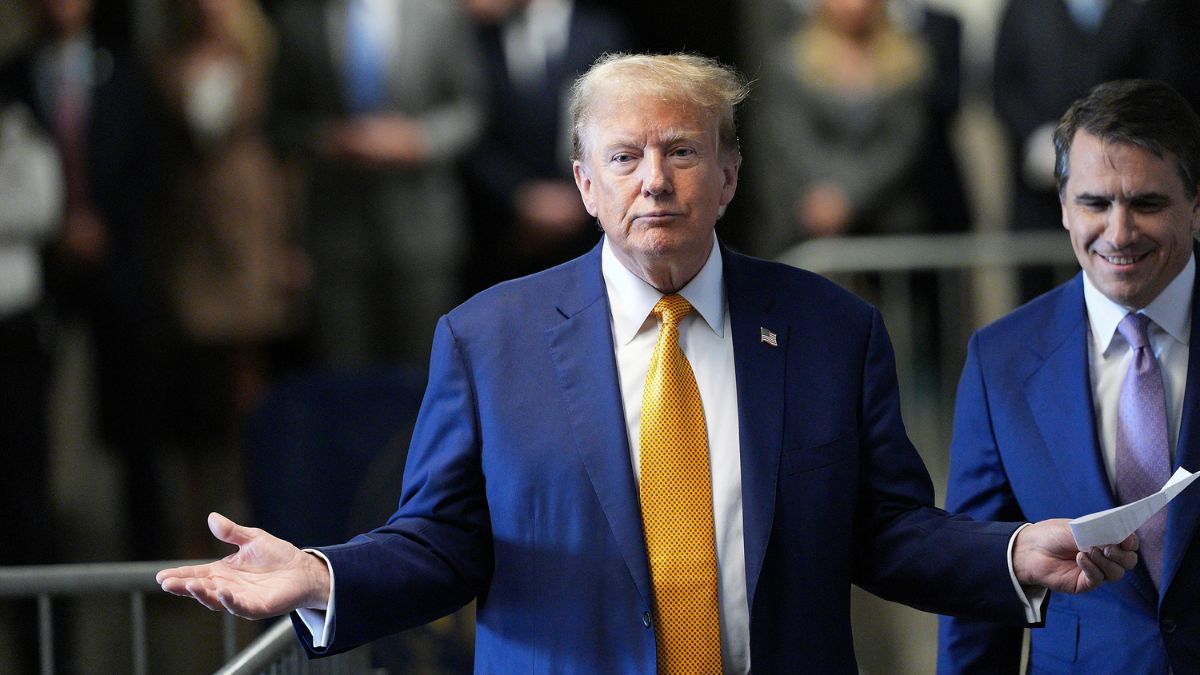)
)
)
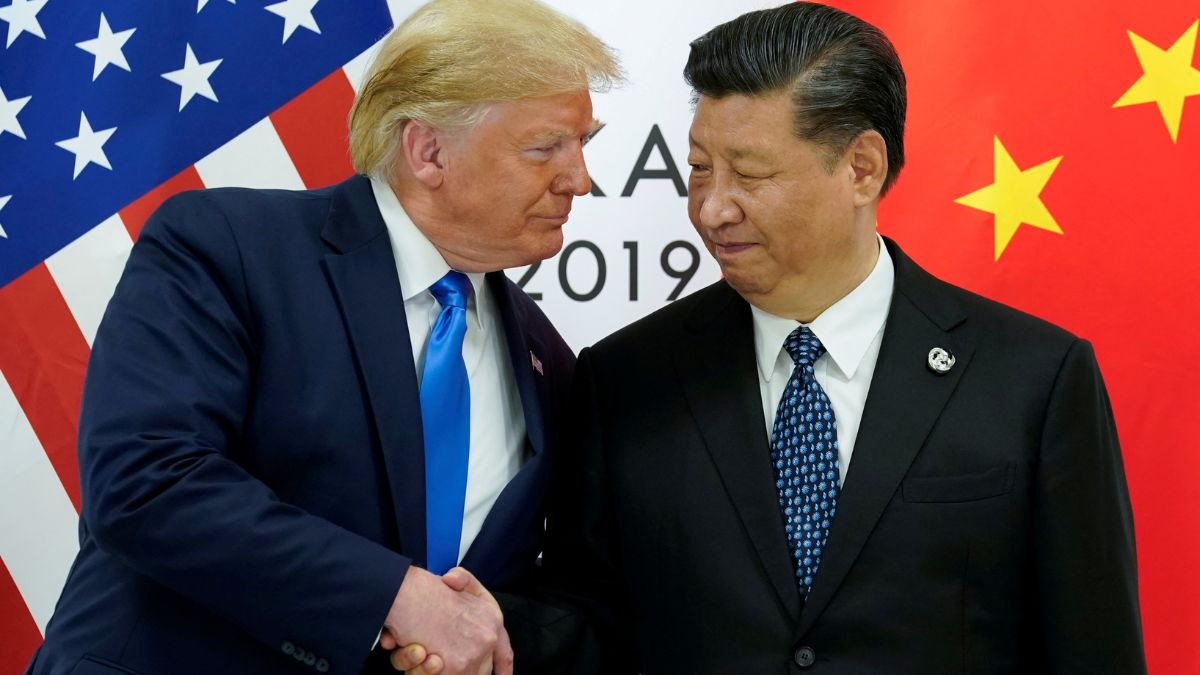)



